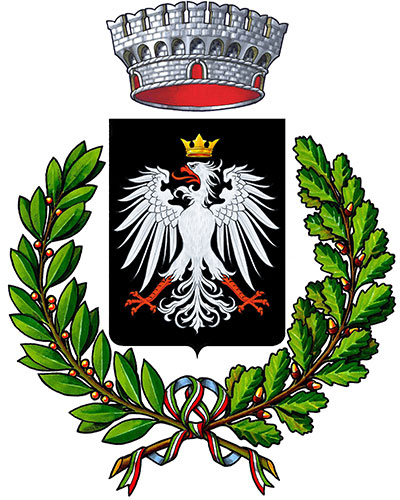

Pazzano is a small village between the Serre and the Aspromonte on a hill at an altitude of 460 meters, at the foot of Monte Stella, and dominates the valley of the Stilaro river which reaches down to the Ionian Sea. The Stilaro which gives its name to the entire mining valley arose in Pazzano.
The valley is surrounded by Monte Consolino and Monte Mammicomito which have unique geological features, different from the rest of the nearby mountains, and which are rich in caves and iron deposits.
It is located in an area that has been inhabited since the Bronze and Iron ages, as evidenced by the necropolises in nearby municipalities. The mountains are rich in minerals, and in particular limonite from which iron is extracted, and for which Pazzano has been the object of conquests starting from the Greeks.
All housing settlements in the mining area, which includes several municipalities, have had a defensive character to protect themselves from attacks that have taken place over time.
After the Greeks, the mines were a resource for the Romans who created a colony for those sentenced to forced labour in the mine, the 'damnata ad metalla', but so far from this period there have been only a few coins found and little other remains.
One of the legends about its creation is linked to the mines and tells of three forced labour inmates named Pazzano, Spagnolo and Larcara who were sent to the gorge under Monte Stella. They managed to free themselves but Pazzano decided to stay and live in that place he had learned to love and shortly afterwards discovered the iron deposits.
After the fall of the Roman Empire, the Byzantines arrived who had control of these areas.
Around the tenth century the Basilian monks arrived, coming from Byzantium, some of whom settled in the caves of the mountains which they decorated with frescoes that are still visible. They were responsible for the worship of some Eastern saints, the introduction of the Greek language and the Orthodox rite which was then to be fought by the expansion of the Catholic Church and its alliances with conquerors.
After the Byzantines, came the Normans and the Swabians of Federico II who divided Calabria into zones and from 1231 Pazzano became part of the Further Calabria.
Still in this period the mines of Pazzano were active but in the following centuries they were abandoned until 1524 when Charles V of Habsburg, emperor of the Holy Roman German Empire and king of Spain (among the most important titles) gave them to his squire Cesare Fieramosca , the brother of Ettore who had won Barletta's battle against the French.
In 1527 the mines became state property. The mines and iron and steel industries had a period of great splendour with the Bourbons who cared about this area.
The Stilaro and Pazzano area were the driving force of the industrial revolution of the Bourbon Kingdom, one of the richest and most avant-garde kingdoms in Europe until the arrival of the Savoy.
At the time of maximum expansion, 25 mines and iron and steel factories of great value were in operation .; entrepreneurs came from all over Europe and Pazzano's specialized technicians were considered among the best in the world.
In addition to the factories and mills there were water plants with dams for the production of electricity necessary for the operation of the factories, such as the Vrisa Mill on Monte Stella. All of this is today a large open-air park of industrial archeology.
In 1768 for reasons of proximity to electricity plants and roads, the ironworks was moved to Mongiana also through the strengthening of Ferdinandea, which takes its name from King Ferdinand II, one of the most innovative industrial centres both technologically and socially for the quality of the organization of workers' lives. It is an example to study more closely.
The great earthquake of 1783 created damage but did not completely stop the steel industry.
In 1811, during the French reign of Gioacchino Murat, Pazzano became an autonomous municipality.
The steel industries ended irreperably with the unification of Italy and the first waves of emigration abroad began. Yet, a new moment of activity came with the period of autarky during fascism when Italy was unable to import goods and products from abroad.
After the Second World War, everything once again stopped and waves of emigration abroad began once again, especially to America and Australia.
In this area, the most famous cave is the Hermitage of Monte Stella in the bowels of the Monte Stella, and it can be accessed through 62 steps carved into the rock.
Started as a hermitage of the Basilian monks later it became one of the major religious centres. The Christian cult was founded in 1563 when sailors carried a white marble statue of the Madonna on their boat bound for Messina. At a certain point the boat stopped and a ray of light from the statue struck the cave of Monte Stella.
The statue was then transported up the mountain to the cave and upon its arrival, water began to flow which was attributed with healing power. Since then it has been a destination for pilgrims.
Around 1730 the crown of the fleur de lis was placed on the altar.
Cover picture by Marcuscalabresus







Follow us